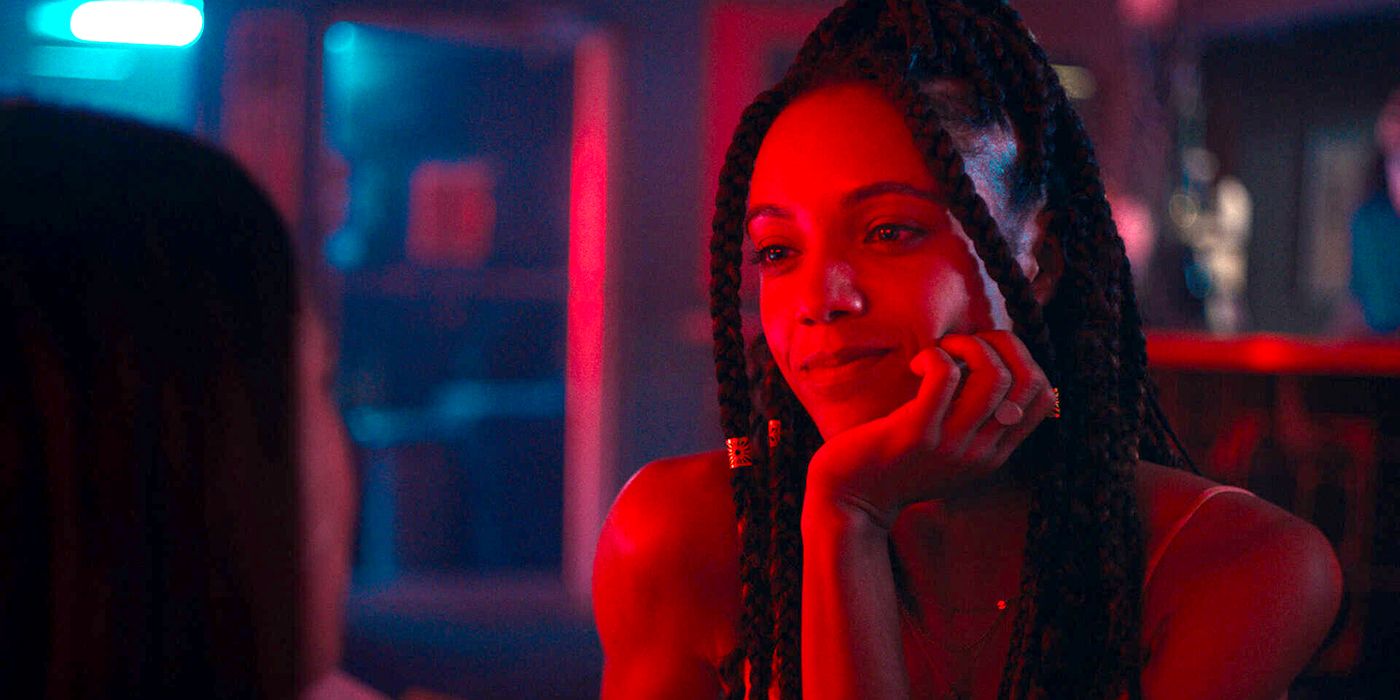The time loop formula gets a psychological thriller twist with Jagged Mind. Brace yourself as the manager of an art gallery experiences blackouts and horrifying visions after dating a mysterious new woman. Little does she know, her new partner may not be as loving as she initially thought.
Starring Maisie Richardson-Sellers, Shannon Woodward, Rosaline Elbay, Kate Szekely, Jimmy Jean-Louis, Benjamin Valenzuela, Brandi Huzzi, and Loren Swan, Jagged Mind offers a fresh take on the time loop story and voodoo. Packed with twists, this psychological thriller keeps audiences guessing while providing insightful commentary and cultural representation.
In anticipation of the movie’s premiere, FilmmakerFocus had an exclusive interview with director Kelley Kali. She shares her thoughts on Jagged Mind, her initial doubts about getting the job, and the changes she made to the original short film.
Kelley Kali on Jagged Mind
FilmmakerFocus: I watched Jagged Mind last night, and it was great. It was tense, it was stylish. What about Allison’s short film and the story really sparked your interest to want to get in the director’s chair for it?
Kelley Kali: Thank you for taking the time to watch it. So, my other feature, I’m Fine (Thanks For Asking) had won at South by Southwest, and that got the attention of 20th Digital. I was able to come in and pitch for the feature version of what was once called First Date, so I didn’t watch the short, I didn’t want to because I didn’t want it to affect how I saw the feature being. Grant, I didn’t think I was gonna get the job [chuckles], because I went in there changing everything. First, it took place in New York, in Manhattan, and it was a Manhattan art gallery.
We know what’s in the Manhattan art galleries, it’s a whole bunch of white art, like, we’ve seen it, we’ve seen it. We might not have seen the two girls before, but we’ve seen [the rest], it wasn’t new to me. Then, the script read as two white women, so I had said, “Well, what if we made the lead African-American, Afro-Caribbean or something?” Mainly also pulling on my background, because I come from an interracial family, and what I liked about that was that I remember my parents going out, walking around, and no one was aggressive towards them. But you would definitely get those looks like, “Oh, they’re together? Okay”.
So, that added this layer of tension to the couple in the story, amongst all the other drama that they have. What I didn’t know is that it was an interracial couple in the short, so me and Allyson were already on the same page. Then, the other thing that I came with was I didn’t think it should take place in New York. I was like, “Look, there’s magic in this movie, we should place it in a place that believes in magic, to make it feel grounded, to make it feel like maybe this can happen, maybe someone can time loop somebody.” So I said, “Let’s put it in New Orleans,” and the team loved it, so I got the job.
Then, for logistical reasons, Miami got brought up, and I said, “Okay, well, if we go to Miami, then we need to put it in Little Haiti.” I’d spent over a decade going back and forth to Haiti, my background’s in anthropology in film, so I was studying children rights and living conditions, and I also shot films there. So, I said, “We need to respect the culture. Because there’s magic, people are automatically going to think voodoo, we need to add another character that is Haitian.” Then, we turned the character Rose Haitian, so that those characters can help our protagonist, and so that the voodoo that is in the movie is not evil, like so many movies depicted. It’s good, and it’s helping to warn our protagonist, because voodoo is a religion, it’s to be respected like all other religions, but it’s been used as a gimmick for so long.
I wanted to make sure that we were careful of that, and that the stone’s magic is something else, some other magic, and that these characters are helping the protagonists to warn her about what this other magic is doing to her. So we brought in Jimmy Jean-Louis, and he played the character that we added, and we got to have Haitian Creole in it, which was very important to me, to pay homage to the Haitian community, and didn’t subtitle it, so that it’s like it’s for them. I mean, you still understand the scene, but we took great thought into how we portrayed a certain culture, because I really care about depicting marginalized communities in every film that I do in as best of away as I possibly can.
With putting so much of yourself into the lead, what was it like looking for the perfect person to basically play yourself for this film?










